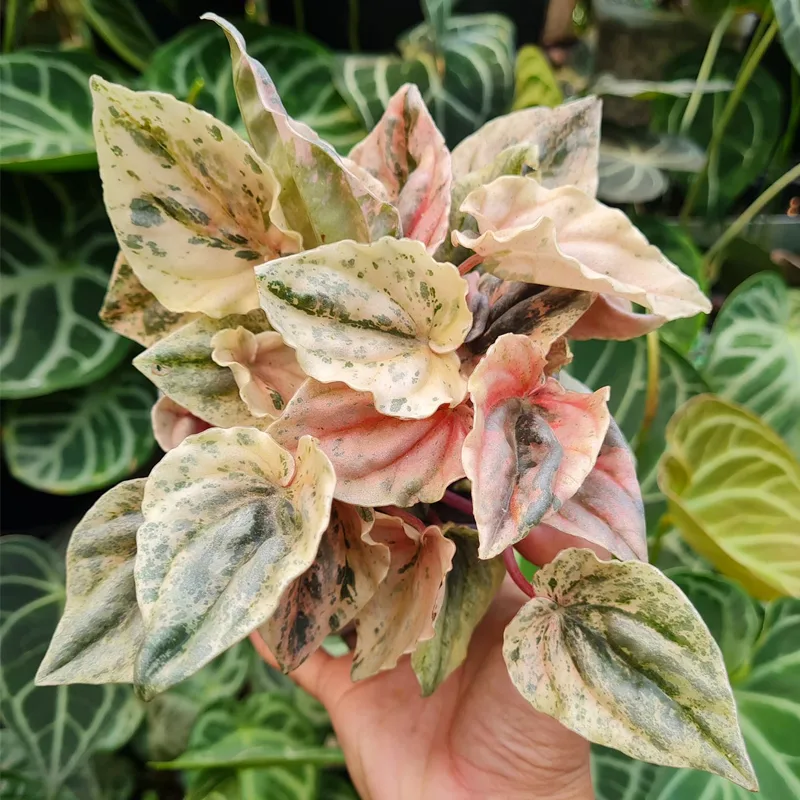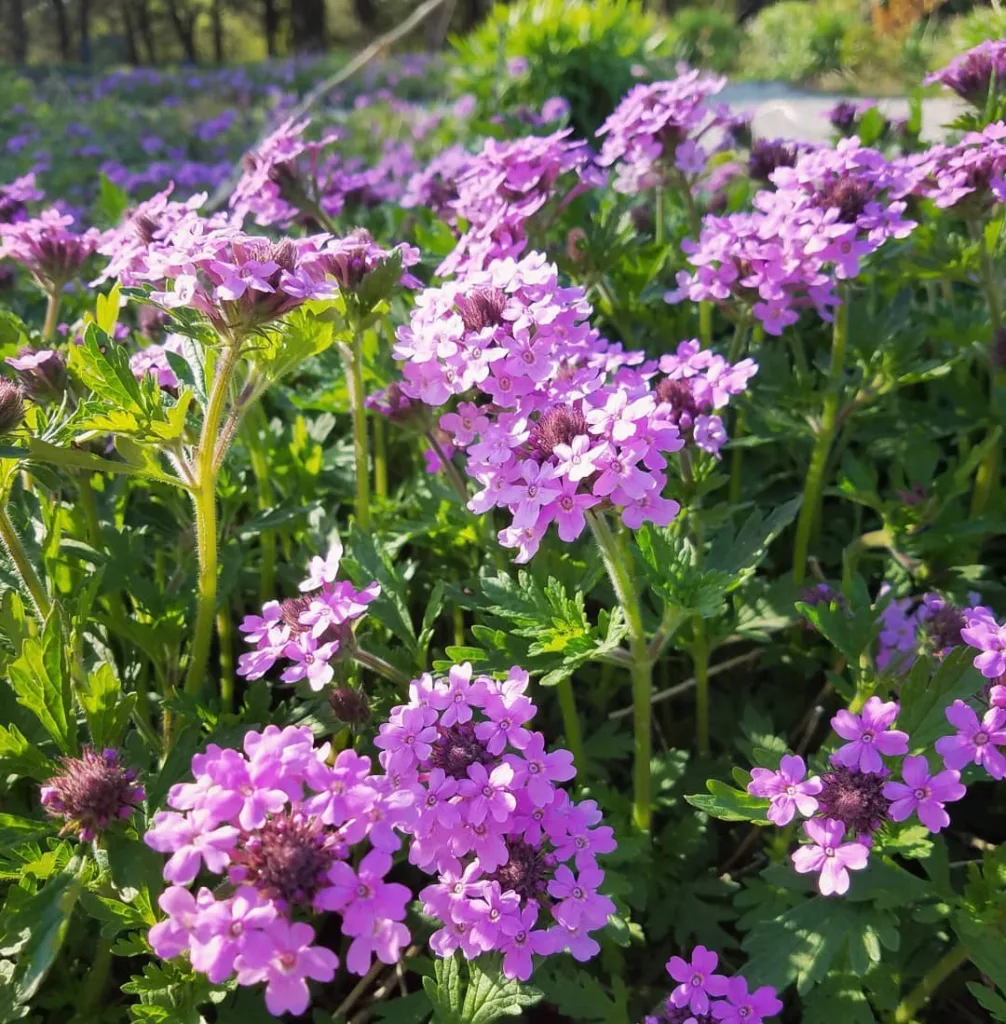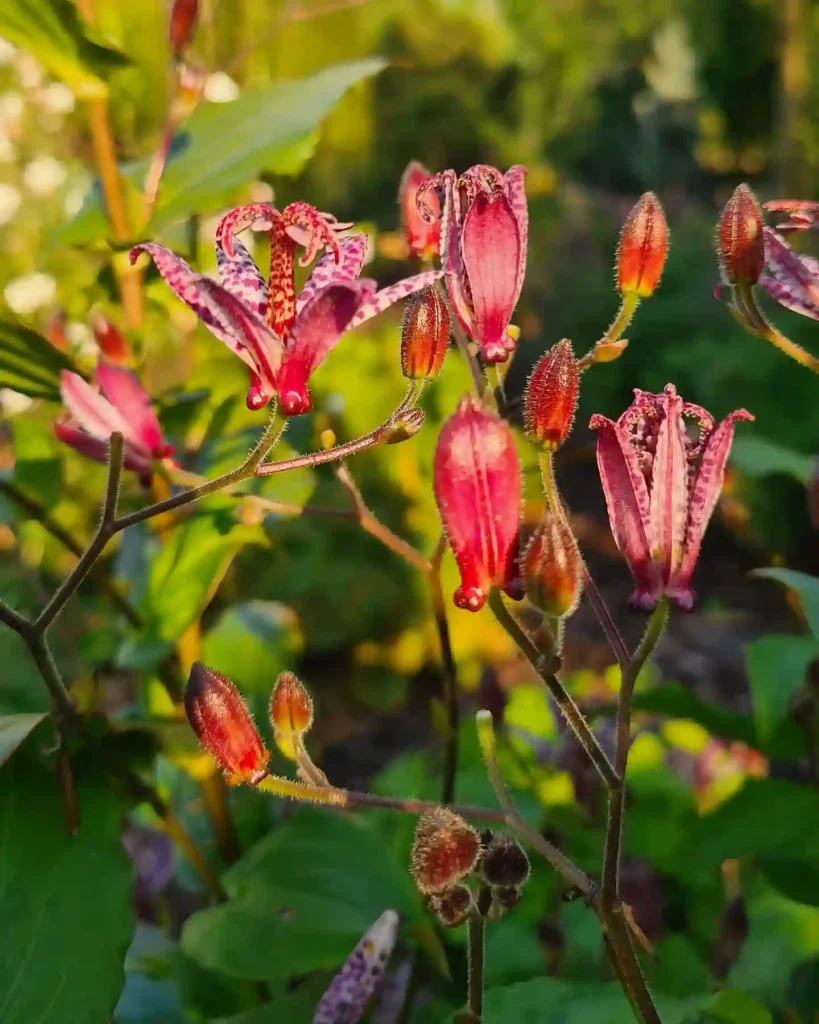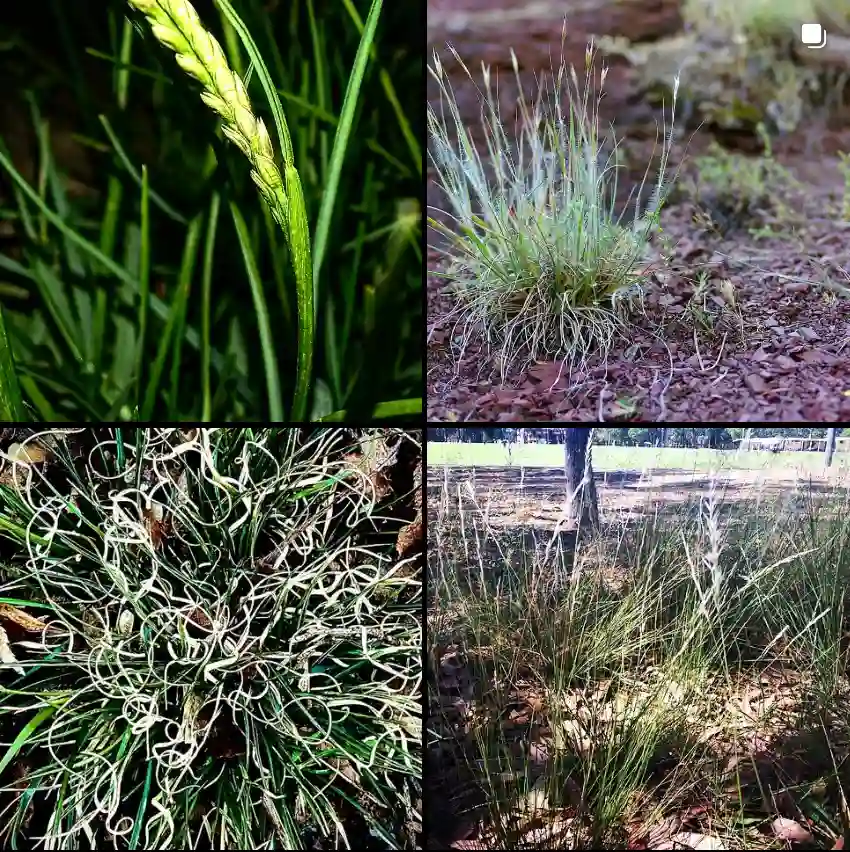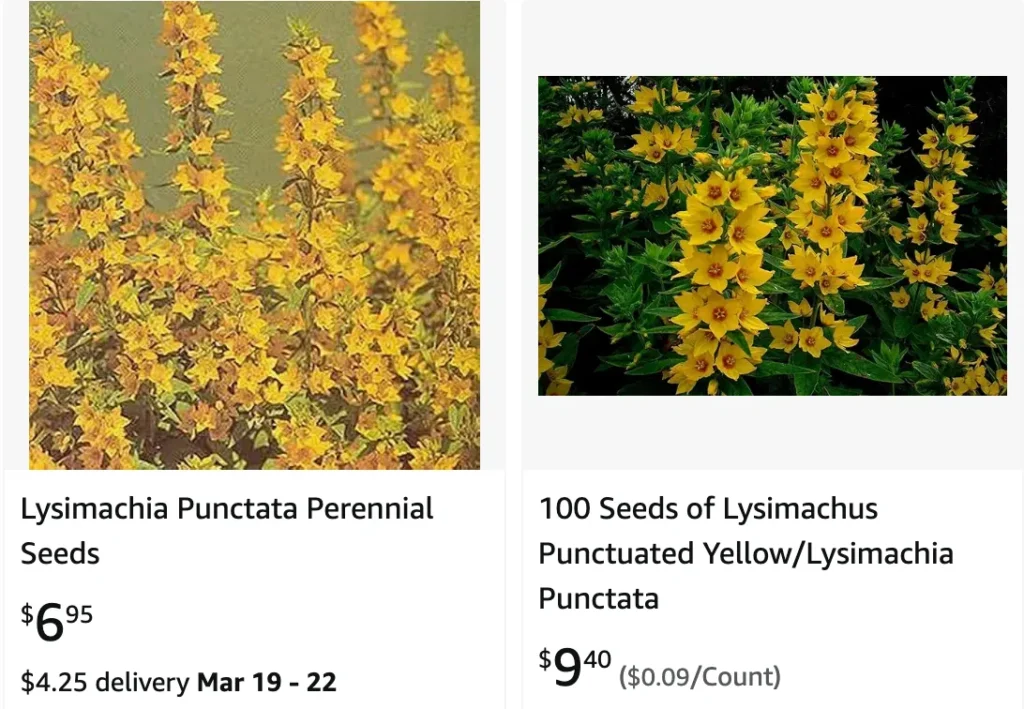
A Gardener’s Guide to Lysimachia Punctata: Sunshine in a Stem
Lysimachia punctata, also known as dotted loosestrife or large yellow loosestrife, has become a firm favorite in my garden. Its cheerful yellow blooms and easy-going nature make it a joy to grow. But before I was knee-deep in a sea of sunshine-colored flowers, I had to learn the ropes. In this guide, I’ll share my experience with this delightful plant, from seed to spectacular display.
288 Species in Genus Lysimachia
Lysimachia Punctata vs Vulgaris
When I compared Lysimachia punctata and Lysimachia vulgaris, I found that punctata, with its bright, star-shaped yellow flowers, brought a cheery, almost sunny feel to my garden. It was a bit more aggressive in spreading, which meant I had to keep an eye on it to prevent it from overtaking other plants. On the other hand, vulgaris had a more subdued charm with its less vibrant blooms, but it was more contained and didn’t spread as aggressively. I appreciated how vulgaris provided a more subtle color contrast, and it was easier to manage in my garden. Both are lovely, but if you’re looking for something more vibrant and don’t mind a bit of spread, punctata is the way to go. For a more restrained, low-maintenance option, vulgaris might be better suited.
How to Germinate Lysimachia Punctata from Seed?
Lysimachia punctata is a rewarding plant to grow from seed. The process is straightforward, but a little patience goes a long way. Here’s what I’ve found works best:
- Timing is Key: Aim to sow your seeds indoors around 6-8 weeks before the last frost. This gives them a head start before being transplanted outdoors.
- Prepare the Seed Tray: Fill a seed tray with a well-draining potting mix. A light and airy mix formulated for seedlings is ideal. Moisten the mix thoroughly before sowing.
- Scatter the Seeds: Don’t overcrowd the tray. Scatter the tiny seeds evenly across the surface and gently press them into the soil. Barely cover them with a thin layer of potting mix.
- Light and Moisture: Place the tray in a bright location, but avoid direct sunlight. Consistent moisture is crucial. Use a mister to keep the soil surface damp, but not soggy.
- Sprouting and Beyond: Germination can take anywhere from 14-21 days. Once seedlings emerge, provide them with good air circulation and gradually increase light exposure.
- Transplanting Time: When seedlings reach a few inches tall and have developed several sets of true leaves, they’re ready for their permanent home in the garden. Harden them off for a week before transplanting by gradually exposing them to outdoor conditions.
Is Lysimachia Punctata a Weed?
Lysimachia punctata can be a double-edged sword. In its native habitat of central Europe and Turkey, it behaves itself. However, in some regions of North America, it can become invasive. Here’s what to consider:
- Check Your Zone: If you live in an area where Lysimachia punctata is known to be invasive, it’s best to choose a different plant. Responsible gardening practices are essential.
- Keep it in Check: Even in non-invasive zones, Lysimachia punctata’s vigorous growth habit can lead to unwanted spreading. Regularly deadheading spent flowers and dividing clumps every few years can help maintain control.
Where to Buy Lysimachia Punctata?
If growing from seed isn’t your cup of tea, Lysimachia punctata is readily available at most nurseries and garden centers. Look for healthy plants with vibrant green foliage and plenty of flower buds. Opt for well-established plants to enjoy blooms sooner.
Beyond the Basics: Additional Tips for Lysimachia Punctata Success
With a little extra TLC, your Lysimachia punctata will thrive:
- Sunshine Please: This plant loves at least 6 hours of daily sunlight. However, it appreciates some afternoon shade in hot climates.
- Finding the Right Spot: Well-drained soil is key. Lysimachia punctata tolerates average soil but thrives in rich, loamy conditions.
- Watering Wisely: Water regularly during the growing season, especially during hot and dry spells. Aim for deep watering that reaches the roots. Let the soil dry slightly between waterings.
- Feeding Time: A light feeding with a balanced fertilizer in early spring can give your plants a boost.
- Winter Woes: Lysimachia punctata is generally winter hardy in USDA zones 4-8. In colder climates, mulch around the base of the plant in fall to protect the roots.
By following these tips, you can enjoy the sunshine-colored blooms of Lysimachia punctata for years to come. Remember, a little planning and care go a long way in transforming your garden into a haven of vibrant beauty.
If i die, water my plants!
